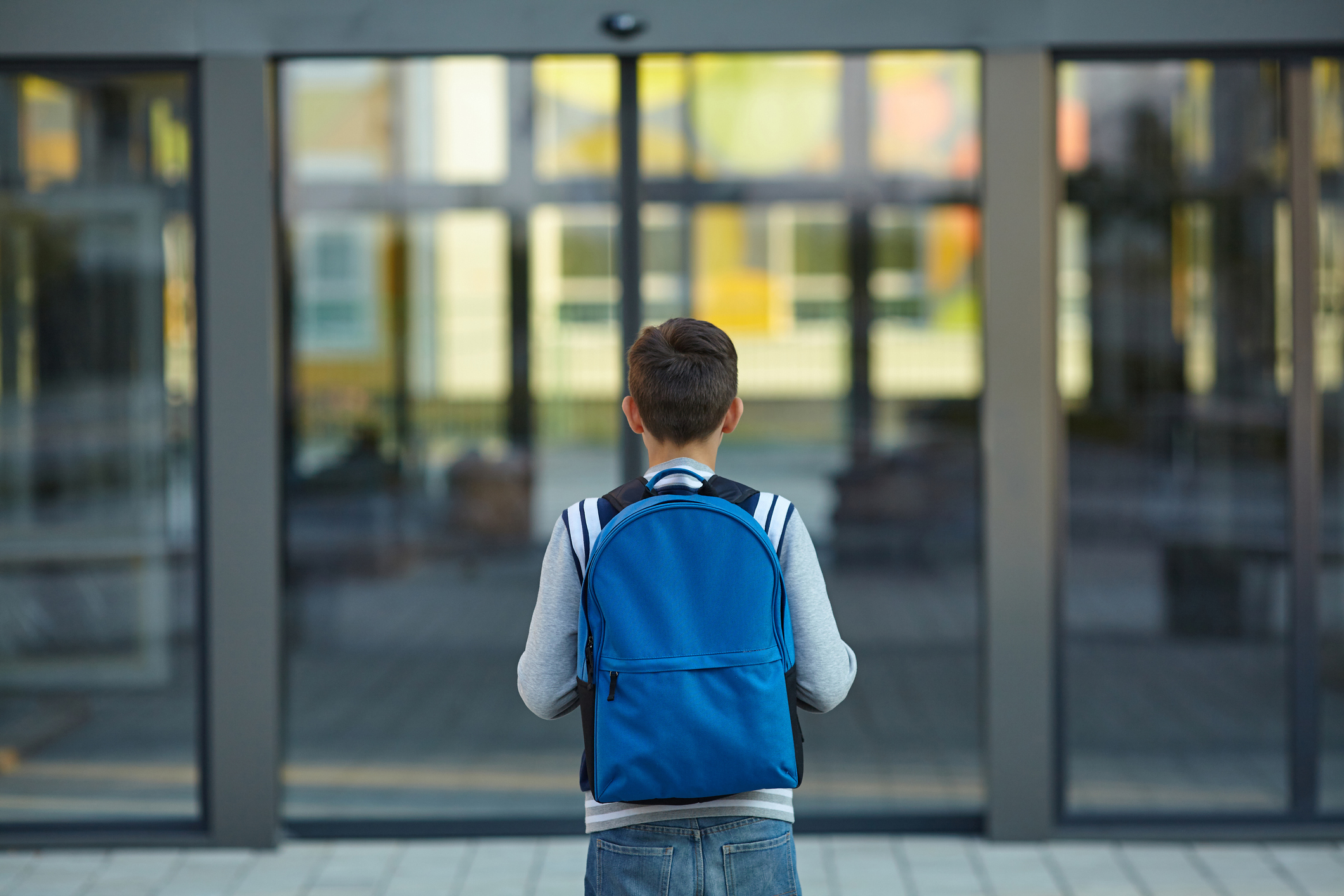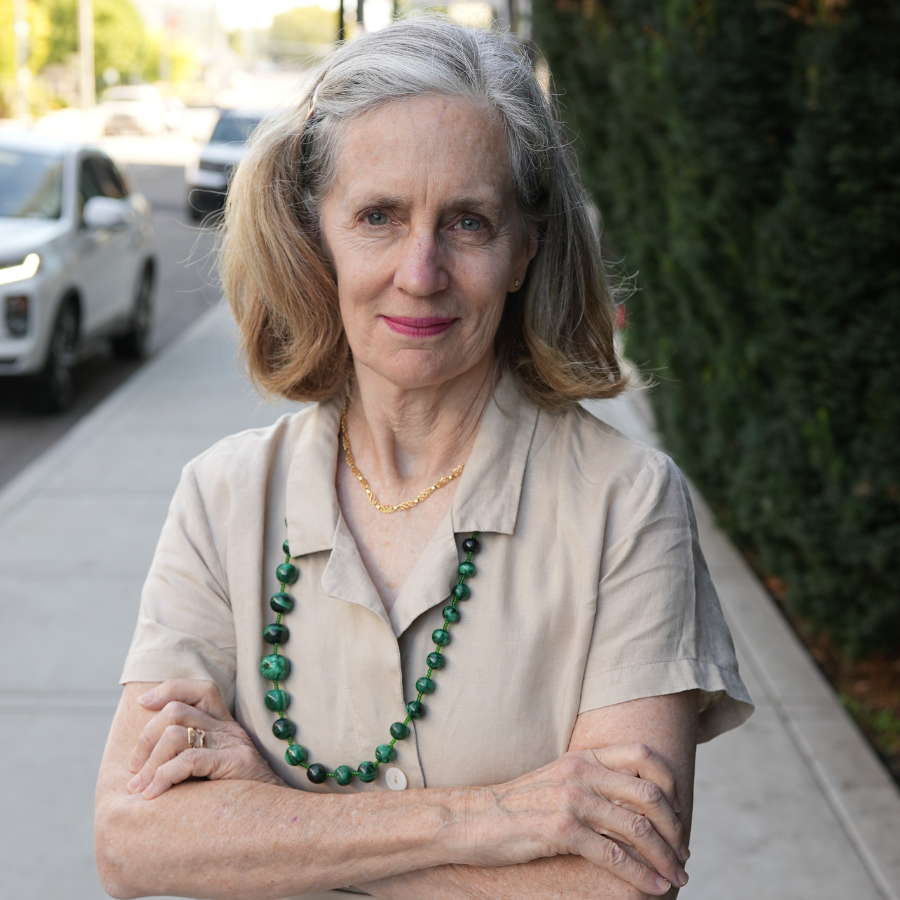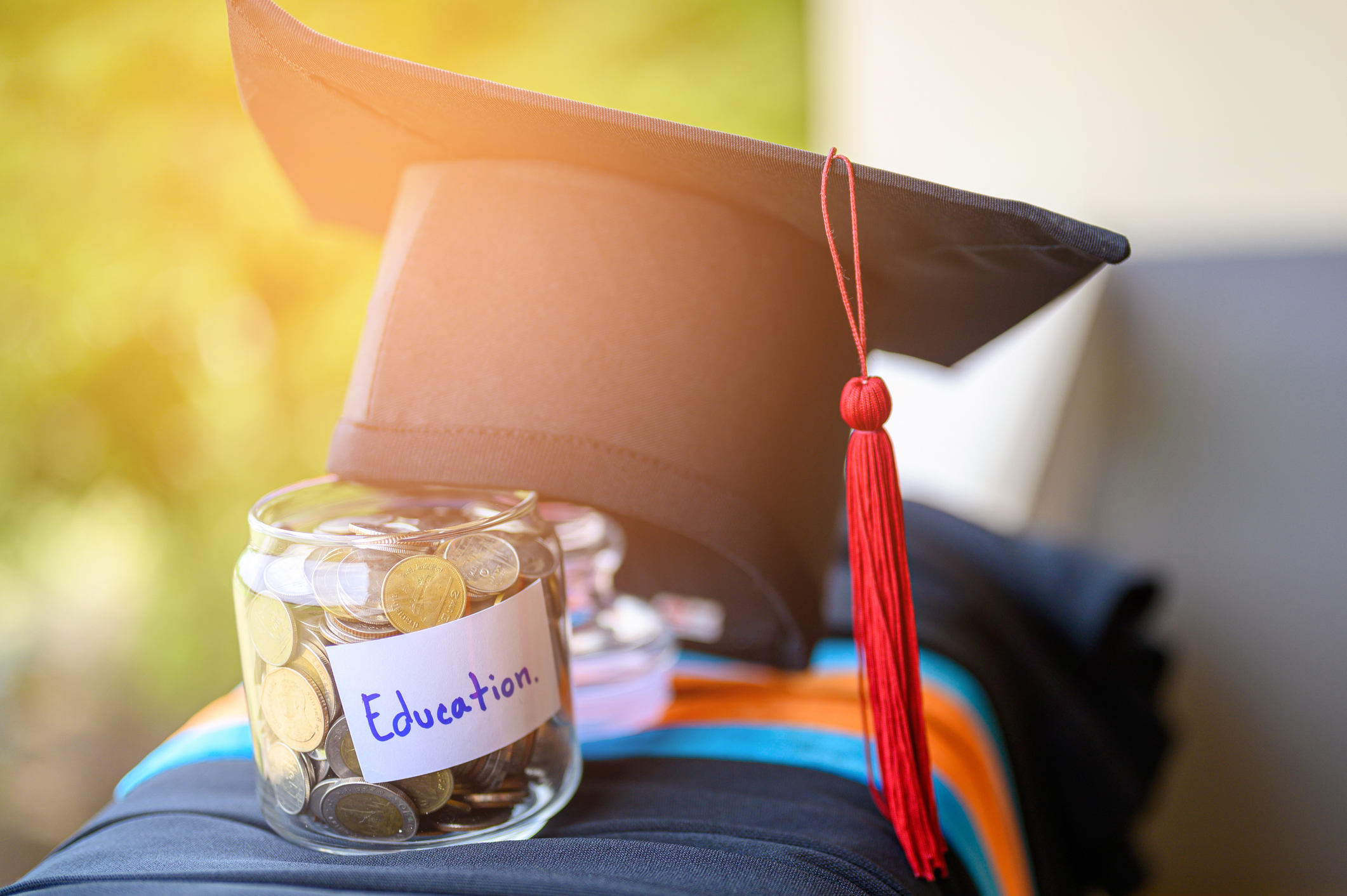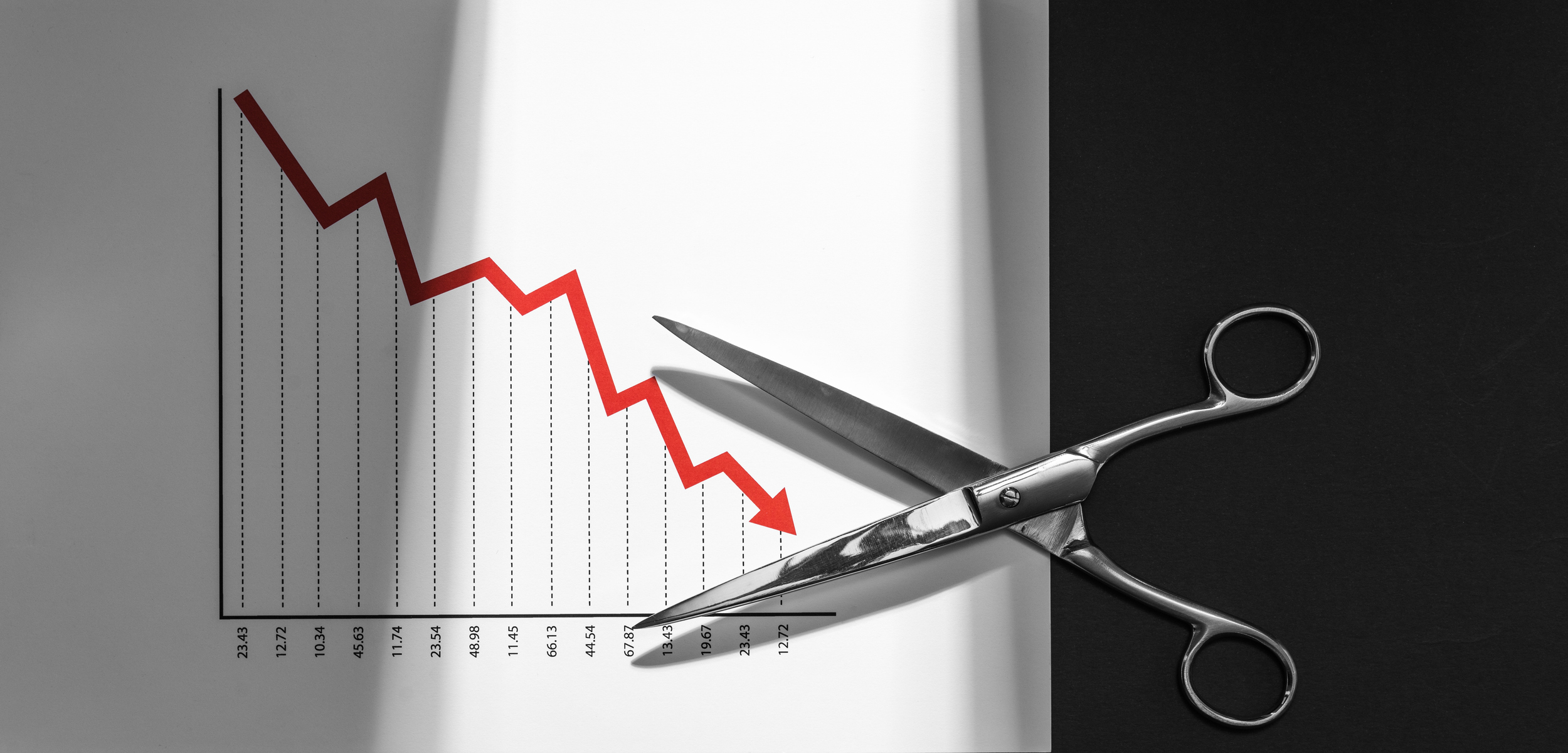The wealthiest school district in the state, Seattle Public Schools (SPS), is losing students.
District administrators report that for the current school year enrollment declined by 1,600, even as Seattle’s population has been growing rapidly. This year just 52,800 students will attend one of the 101 schools in the public system, even though the city has more families than ever, with a population now topping 720,000.
Meanwhile, Seattle has one of the highest rates of private school attendance in the country. Fully one third, 26,000, of Seattle’s children attend one of the city’s 127 private schools. Even many public school employees send their own children to private schools.
So why have so many Seattle families, including those of public employees, decided not to send their kids to the public schools?
We know it’s not lack of money. Seattle is the richest district in the state, with a budget of over $1 billion a year. At $19,700 per student, Seattle school officials have more resources than the tuition charged by most private schools. The average Seattle public school teacher makes $117,000 in pay and benefits. Starting teachers get $85,000 in pay and benefits.
Seattle schools receive a further $490 million for building renovation and new construction.
If it’s not lack of money, what is driving families away? Here are some factors to consider.
Cutting learning time. Seattle schools have moved to a lighter schedule, with late starts, more “professional” days (when schools are closed to students) and early closing on Wednesdays.
Low academic achievement and graduation rates, especially for students of color.
Recurring threats to cut popular programs, such as the International Baccalaureate at Rainier High School, or the Accelerated Progress Program Garfield High School.
Recurring parent complaints about the treatment of special needs children, including children with dyslexia, autism and ADHD.
Starving local schools of funds. Parents are asked to deliver bags of basic supplies on the first day of school, local PTSAs are pressed to raise private money for the public schools, popular music, art and athletic teachers are dismissed unless parents fundraise to provide their salaries.
Overstaffed bureaucracy. Fewer than half of Seattle school employees are classroom teachers.
Endless controversy. Public education in Seattle is highly politicized. The union, not parents, receives the greatest deference within the system. Union work restrictions discourage good teachers and make it nearly impossible to fire a bad one.
Strikes and walkouts. In recent years the union has closed public schools through strikes, walkouts and “sick outs”. Every year around Labor Day, family Facebook feeds provide speculation about whether schools will open on time.
Given these systematic factors, can you blame Seattle parents for seeking alternatives? All they want for their children is a good education in a safe and peaceful environment.
That is one reason online learning and charter schools have become popular options within the system. Online programs and charters are inclusive; parents opt-in and families of all racial and social backgrounds are treated with respect. A fifth Seattle charter public school, Impact School, is scheduled to open next fall.
These positive learning choices point to practical solutions that will stem the flow of families out of the public system. Providing greater family choice in education would reduce controversy, improve academic quality and put parents, not union politics, at the center.
Policies that promote more voluntary choices, a less contentious political environment, and shifting to a more parent-centered culture are the most likely ways to entice families back into public education.
Of course change is hard, and the Seattle School Board is hardly known for being nimble and responsive. But without more parent choice, and if the current trend continues, we may see a day when more kids in Seattle attend a private school than a public one.





